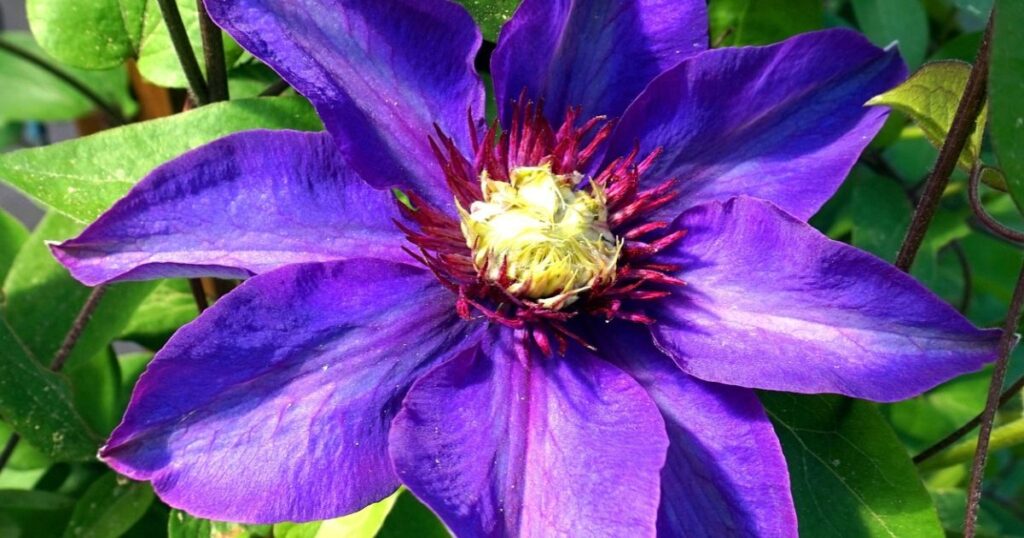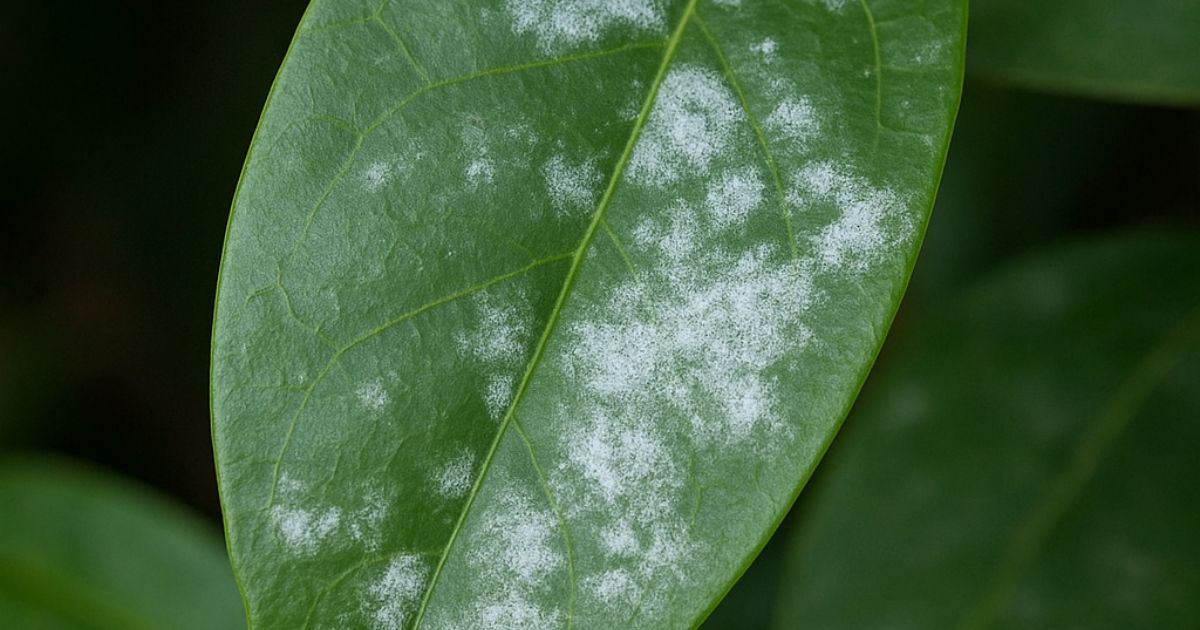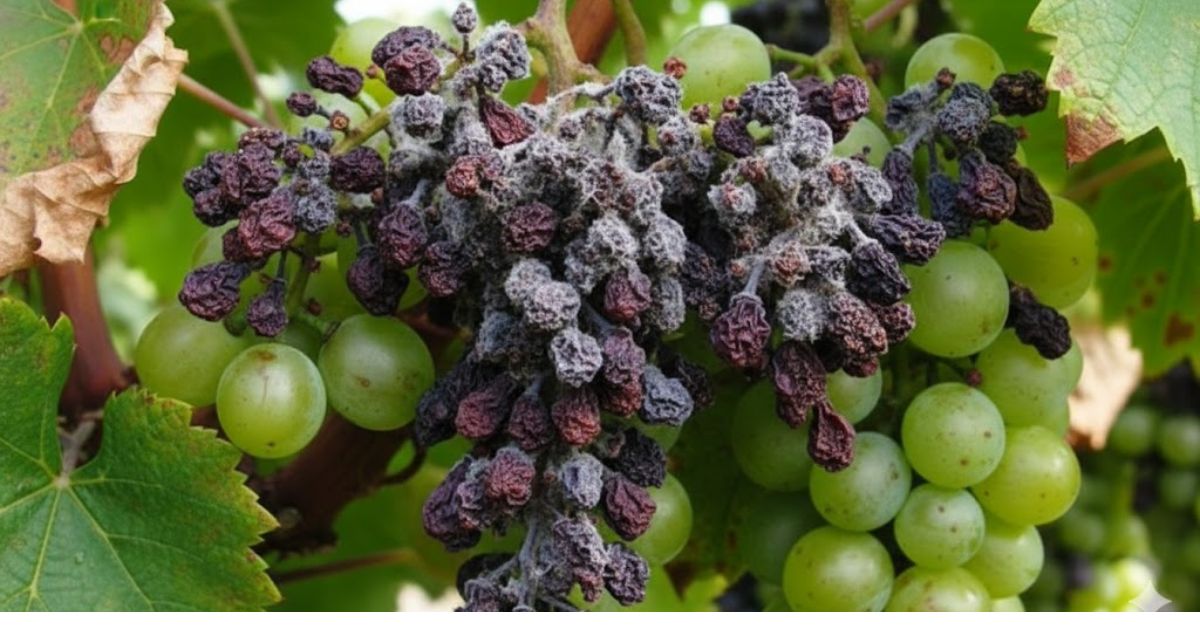Clematis, the “queen of climbers,” is one of the most beloved flowering vines among gardeners. Its star-shaped blooms can transform fences, pergolas, and trellises into a living work of art in color and texture. But what happens when your clematis starts turning brown? Seeing those lush green leaves or vibrant petals fade to brown can be alarming. Don’t panic; this problem is common and almost always reversible with proper care and treatment.
Whether it’s due to watering issues, disease, pests, or simple environmental stress, browning is your clematis’s way of asking for help. Let’s explore the most common causes behind this issue and learn how to restore your plant to its former glory.
Understanding Your Clematis
Before you can fix any problem, you need to understand what kind of clematis you have. Clematis plants come in hundreds of varieties, grouped mainly into early, midseason, and late bloomers. Each type behaves differently and requires distinct pruning and care routines.For example, Group 1 clematis (like Clematis montana) blooms on old wood, meaning it flowers on stems that grew the previous year. If you prune these too early or excessively, you may stress the plant, resulting in browning at the cut sites. Meanwhile, Group 3 clematis (such as Jackmanii) blooms on new wood, How to Learn How to Garden: A Beginner’s Guide so they tolerate heavy pruning and recover more easily.
Understanding your plant’s life cycle helps you pinpoint whether the browning is a result of pruning errors, disease, or seasonal dormancy. Sometimes, what appears to be “browning” is actually the plant’s natural period of rest after flowering.Keep the plant label or take a photo when you buy a clematis; it will save you from a lot of confusion later.
Common Reasons Your Clematis Turns Brown
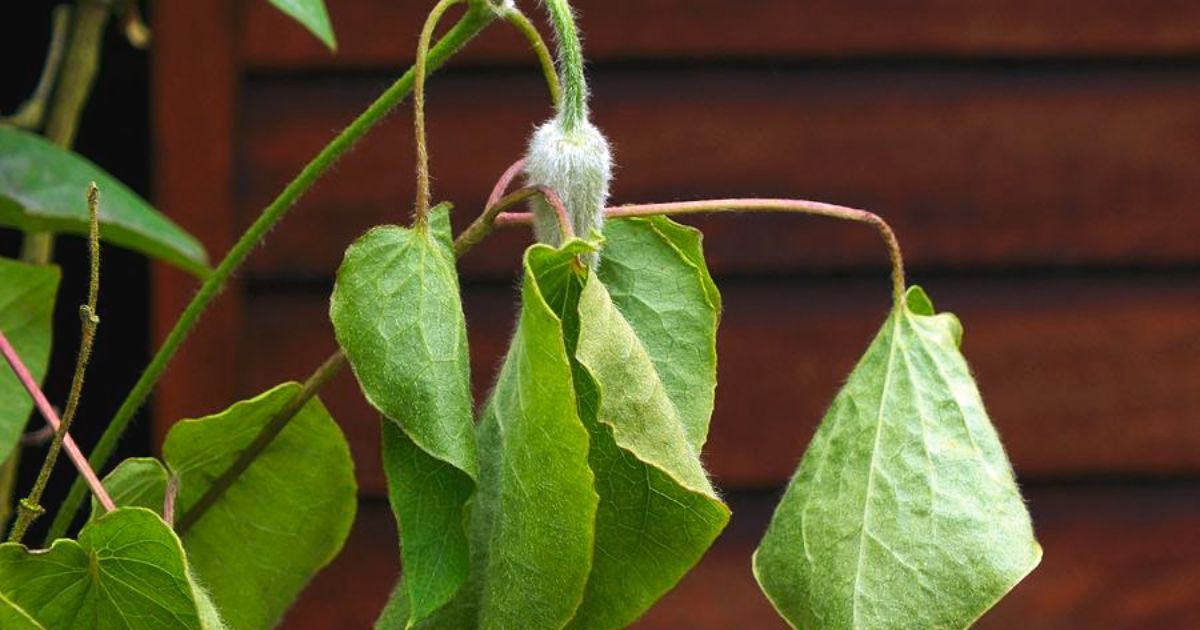
Several things can cause your clematis to brown. The most frequent culprits include:
- Clematis wilt – a fungus that causes abrupt collapse and browning.
- Environmental stress – too much sun, drought, or frost.
- Pests and insects – sucking sap and leaving brown damage.
- Watering issues – roots sitting in soggy soil or drying out too fast.
- Nutrient deficiencies – poor soil health.
Each of these causes presents slightly different symptoms. For instance, wilt often causes entire stems to turn brown overnight, while sunburn typically affects the leaf edges. By observing the pattern and speed of browning, you can usually tell what’s wrong without professional testing.
Clematis Wilt: The Most Common Culprit
If your clematis suddenly collapses, stems blacken, and leaves droop and turn brown, you’re likely dealing with clematis wilt. This fungal disease, caused by Ascochyta clematidina, attacks the stem tissue and blocks water flow. Unfortunately, once it strikes, the infected part dies quickly.
The fungus usually enters through a wound or cut on the stem. Overwatering, high humidity, or dense planting can increase the risk of disease. Although devastating, Stem rot clematis wilt doesn’t necessarily mean your plant is lost; it often survives underground and resprouts from the base once the infected tissue is removed.
Signs of clematis wilt:
- Rapid browning of entire shoots.
- Stems that look water-soaked or blackened.
- The leaves are drooping even though the soil is moist.
- Sudden collapse of young growth.
How to Treat and Prevent Clematis Wilt
If you suspect wilt, act fast. Use sterilized shears to cut the affected stems all the way down to the base. Please dispose of the infected parts; never compost them. Before using your tools again, clean them with alcohol or a bleach solution.
After pruning, apply a fungicide around the crown and soil to minimize further spread. Keep the base of the plant cool by applying a layer of mulch, but make sure it doesn’t touch the stems directly. How to Fix Cherry Tree Leaves Turning Brown Over the next few weeks, continue watering gently and wait for new shoots to emerge.
For prevention:
- Plant clematis deeply, burying two nodes below soil level.
- Water at the base, not on the leaves.
- Space plants to allow airflow.
- Avoid damaging stems during pruning or staking.
With patience, most Browning clematis leaves recover from wilt; they need a little extra TLC.
Sun and Heat Stress
While clematis loves sunlight, too much of it can quickly turn from beneficial to harmful. Think of it like a person spending all day in direct sun; sooner or later, you’ll get scorched. The same goes for your clematis. When the plant is subjected to high temperatures, the delicate leaves may start to crisp, turn brown around the edges, and even curl up.
Sun scorch typically occurs when Clematis leaf spot disease are overheated or the plant is grown in areas without any partial shade. Remember, clematis like “their heads in the sun and their feet in the shade.” This means they prefer their upper vines to bask in light but their root systems to stay cool and moist. If the roots become too hot, the entire plant becomes stressed, resulting in brown, brittle foliage.
To prevent this:
- Mulch generously around the base using organic material like compost, shredded bark, or straw.
- Plant companion ground covers, such as hostas or low ferns, to provide natural shade for the root zone.
- Water the plant deeply early in the morning to help it stay hydrated throughout the day.
- Consider a trellis location where the plant receives morning sun and light afternoon shade, especially in hot climates.
If browning is already visible, trim off the scorched leaves and thoroughly hydrate the plant. Over time, new green shoots will replace the damaged parts once stress conditions improve.
Watering Problems
Clematis roots are sensitive they dislike being too wet or too dry. Both extremes can cause browning. If your clematis appears wilted and the leaves are browning from the tips inward, it may be a sign of underwatering. On the other hand, if the soil feels soggy and the leaves turn yellow before browning, you’re likely overwatering.
Clematis prefer evenly moist, well-drained soil. Waterlogging deprives roots of oxygen, leading to rot, while dry soil stresses the plant.
How to get watering right:
- Check soil moisture regularly. Stick your finger 2 inches deep into the soil. If it feels dry, it’s time to water.
- Water deeply once or twice a week, rather than shallowly watering daily.
- Avoid overhead watering; it encourages fungal problems. Water at the base to keep leaves dry.
- Ensure proper drainage by planting clematis in raised beds or mixing coarse sand and compost into heavy clay soil.
During hot summer spells, you may need to water more frequently, especially if your plant grows in containers. Conversely, in rainy or cool weather, scale back watering to prevent root rot. Achieving this equilibrium is essential to preserving the foliage’s and healthy appearance.
Soil Quality and Nutrient Deficiency
Clematis are hungry plants that thrive in nutrient-rich, slightly alkaline soil. Poor or compacted soil often lacks essential minerals, leading to dull, brownish leaves or stunted growth.When the plant doesn’t receive enough nitrogen, its leaves may yellow and turn brown from the edges. A lack of potassium can cause leaf scorching, Clematis fungal disease while magnesium deficiency often results in yellow patches with brown veins.
How to improve soil health:
- Test your soil’s pH (aim for 6.5–7.5).
- Mix compost, well-rotted manure, or leaf mold before planting.
- Apply a balanced fertilizer (10-10-10) in spring when growth begins.
- Feed again after the first flush of flowers to encourage healthy regrowth.
- Avoid over-fertilizing, especially with high-nitrogen formulas, as this promotes excessive leaf growth and weakens the stems.
Healthy soil isn’t just about nutrients — it’s also about structure. Loose, airy soil encourages deep roots, which help the plant resist heat, drought, and disease.
Pests That Cause Browning
Sometimes, the browning isn’t due to care mistakes but tiny invaders. Pests like aphids, spider mites, thrips, and earwigs are common enemies of clematis.
- Aphids suck the sap from leaves, leaving behind sticky honeydew that attracts mold.
- Spider mites thrive in dry conditions, causing fine webbing and speckled brown spots on leaves.
- Thrips feed on new shoots and petals, resulting in deformed, brown-tipped leaves.
- Earwigs chew holes in the foliage, often visible overnight.
Keeping your garden clean and diverse helps prevent infestations naturally. Remove dead leaves or debris, as pests often hide and breed in these areas.
Fungal and Bacterial Diseases
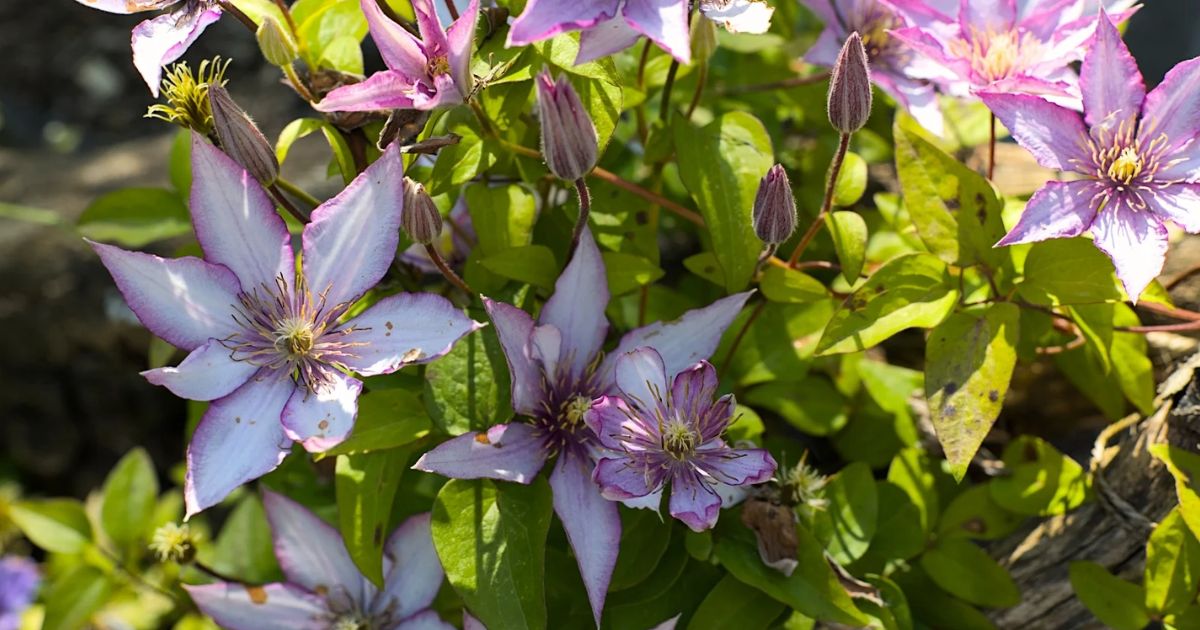
Apart from clematis wilt, other fungal or bacterial issues can cause browning. Powdery mildew, leaf spot, and botrytis blight are common diseases, Why Is My Clematis Turning Brown particularly in climates with high humidity.
On leaves, powdery mildew first appears as a white, powdery layer before they start browning and curling. Leaf spot appears as small, dark brown or black patches that spread outward. Botrytis affects flowers and buds, causing them to turn brown and become mushy.
Treatment and prevention:
- Prune the affected areas immediately and dispose of them properly.
- Improve airflow by spacing plants properly.
- Avoid watering leaves; always water the soil.
- Apply an organic fungicide, such as a sulfur spray or a copper-based treatment, every two weeks during humid seasons.
Prevention is easier than a cure. Regular monitoring, proper pruning, and maintaining a dry and airy environment for the plant go a long way in protecting clematis from fungal problems.
Temperature and Seasonal Changes
Temperature fluctuations can also trigger browning. In early spring or late fall, cold snaps or frost may damage young clematis shoots, causing the tender tips to brown and wither. Slug and snail damage on clematis In extreme heat, dehydration and leaf burn are also common.
What you can do:
- In cold weather, mulch around the roots with straw or compost to insulate them.
- During frost warnings, cover your clematis with a light garden fabric or burlap.
Sometimes, browning occurs naturally as the plant enters a state of dormancy. Late-season foliage often turns yellow or brown before the plant rests for winter. Don’t confuse this with disease, as long as the base and crown remain firm, your clematis will regrow beautifully in spring.
Improper Pruning
Pruning clematis incorrectly is a common cause of stress and browning of the plant. How to Treat Camellia Black Spots on Leaves If you prune too late or too early, you may remove future flower buds or cause the plant to produce weak stems that are prone to browning. Always use clean, sharp tools, and avoid cutting into woody stems unnecessarily.
Quick pruning guide:
- Group 1: Light prune after flowering (spring bloomers).
- Group 2: Prune lightly in early spring, removing weak stems.
- Group 3: Cut back hard in late winter or early spring to about 12 inches from the base.
Learning your clematis group and pruning accordingly prevents stress-related browning and promotes vigorous new growth each year.
Container vs. Ground Planting
Clematis can grow beautifully in both containers and the ground, but container-grown plants are more prone to browning because of limited root space and faster soil drying.
If you’re growing clematis in a pot, make sure:
- You use loamy, moisture-retentive soil mixed with compost.
- You water frequently during warm weather, but ensure excess water drains away.
- You fertilize monthly with a diluted, balanced fertilizer during the active growth period.
In contrast, ground-planted clematis have more stable conditions, with cooler roots and consistent moisture levels. However, they still need mulch and good airflow to avoid fungal or stress issues.
Long-Term Care Tips to Prevent Browning
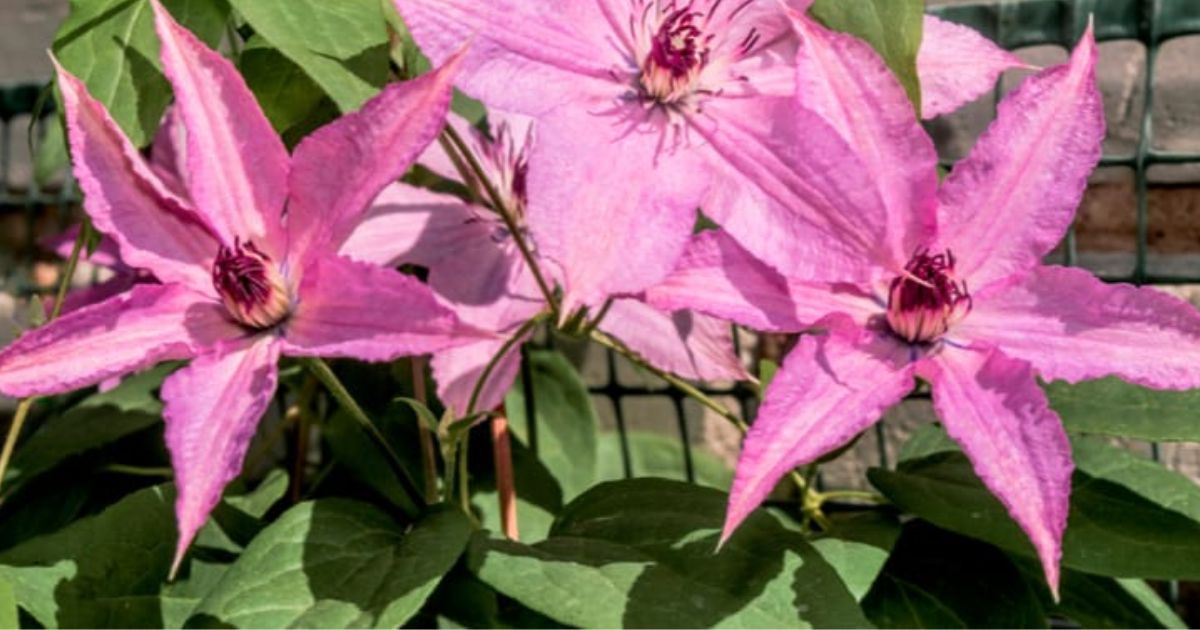
Keeping clematis vibrant requires consistent care, Guide to Identifying Brown Spots on Mint Leaves not complicated routines. Here’s your checklist for long-term success:
- Mulch yearly to retain soil moisture.
- Feed twice annually, once in the spring and once after flowering.
- Inspect weekly for pests or discoloration.
- Prune correctly according to plant group.
- Provide support, like trellises or wires, to keep vines off damp ground.
With regular attention and prompt action when problems arise, your clematis will remain lush and stunning for years to come.
Conclusion
When your clematis starts turning brown, it’s easy to panic, especially when you’ve spent time nurturing it. But here’s the truth: browning leaves or stems don’t mean your clematis is dying. They’re simply warning signs that something in your plant’s environment needs adjusting. Whether it’s the soil, sunlight, watering habits, or the presence of pests, most issues are completely reversible once the root cause is identified.Start by observing where and how the browning appears. Is it the leaf edges, entire stems, or just a few spots? This will help you diagnose whether it’s clematis wilt, fungal infection, nutrient deficiency, or environmental stress. Once you know the reason, take quick and gentle corrective actions, such as pruning affected parts, adjusting watering, improving drainage, or applying organic fungicides when necessary.
Clematis are resilient plants. With consistent care, the right balance of sun and shade, regular feeding, mulching, and pruning, your clematis will not only recover but also thrive. Remember, gardening is a relationship of patience and attention. If you listen to your plant’s signals and respond with care, it will reward you with an abundance of fresh green growth and radiant blooms year after year.So, next time you spot brown leaves, don’t lose hope. Take it as nature’s gentle nudge to give your clematis a little extra love, and soon, you’ll see it bounce back more beautiful than ever.
FAQ
Why are my clematis leaves turning brown and crispy?
Brown, crispy leaves typically indicate sun scorch or dehydration. Clematis thrives in plenty of sunlight, but its roots prefer to remain cool and moist. When roots get too hot or dry, the leaves begin to crisp up. Try mulching around the base to shade the roots and watering deeply 2–3 times a week during hot spells.
Can clematis recover from wilt?
Yes, clematis wilt isn’t always fatal. If you spot blackened stems or drooping leaves, prune the affected parts all the way down to healthy growth, then sterilize your tools afterward. Water gently and apply a fungicide to the soil. Within weeks, new shoots often emerge from the crown, signaling recovery.
How often should I water my clematis?
Clematis need consistent moisture but well-drained soil. Water deeply once or twice a week, allowing the top few inches of soil to dry slightly between watering. In hot weather or for potted clematis, check the container soil daily, as it dries out faster than ground soil.
What fertilizer helps prevent browning?
A balanced, slow-release fertilizer (10-10-10 or 5-10-5) is ideal. Apply it in early spring when new growth appears and again after flowering. Avoid over-fertilizing with high nitrogen, as this promotes weak, lush growth that’s more vulnerable to disease and browning.
Should I cut back dead or brown stems?
Absolutely. Removing dead or brown stems helps prevent the spread of fungal diseases and encourages healthy regrowth. Always prune just above a healthy leaf node using sterilized shears. For clematis wilt or severe browning, cutting back to the soil line may be necessary to allow new shoots to sprout.

